The fragile peace in Gaza is seriously imperilled due to the latest developments. On October 19, 2025, Israel’s military conducted airstrikes in Gaza after accusing Hamas of firing at Israeli forces operating in the Rafah area. An Israeli military official claimed that Hamas used an anti-tank missile and sniper fire against Israeli troops. In response, Israel stated it would take “strong action” against ceasefire violations and began a wave of strikes against “terrorist infrastructure” in Rafah.
Hamas denied the accusations made by Israel. It alleged that it was Israeli actions that were disrupting the ceasefire. The Gaza Civil Defence agency stated that Israeli strikes in Rafah and Beit Lahia have killed and injured several Palestinians.
These recent events indicate that the Gaza ceasefire, which began in mid-October 2025, is under significant strain and potentially collapsing. They mark the most serious violations since the truce began. Not surprisingly, both sides have accused each other of violating the U.S.-brokered ceasefire.
The Trump peace plan for Gaza, mediated by the U.S., Egypt, Qatar, and Turkey, has three phases. The First Phase relates to immediate ceasefire and humanitarian actions, the Second Phase to demilitarisation and security, and the Third and final Phase to governance and reconstruction. While the First Phase was implemented and a ceasefire was in place, significant and more challenging issues remained unresolved, and progress on the subsequent phases was uncertain. Thus, the recent violations of the ceasefire seriously damage the prospects for peace in Gaza.
The achievements in Phase One were quite important as long as a ceasefire remained in effect. Any pause in hostilities is undeniably a good thing. The ceasefire began on October 10, 2025, following the agreement’s approval by the Israeli cabinet. Hamas released the remaining 20 live Israeli hostages on October 13, and Israel released nearly 2,000 Palestinian prisoners. Humanitarian aid began flowing into Gaza, though it was considered insufficient to meet the vast needs of the population. The Israel Defence Forces (IDF) had withdrawn to agreed-upon lines, pulling back from populated areas like Gaza City and Khan Younis. These were positive developments.
Impact Shorts
More ShortsHowever, Israel and Hamas continued to have fundamental disagreements, as the ceasefire violations show, and the agreement’s fragility was evident in several key areas. A major sticking point that emerged was the return of the bodies of deceased Israeli hostages. Trump’s plan stated that “within 72 hours of Israel publicly accepting this agreement, all hostages, alive and deceased, will be returned”. Hamas failed to return all 28 bodies within the 72-hour timeline required by the deal. The remains of many hostages are still unaccounted for.
Israel accused Hamas of deliberately delaying the return of these remains. However, Hamas stated that returning all the bodies is difficult and time-consuming, as some are buried in tunnels destroyed by Israeli forces or under the rubble of bombed buildings. It requested specialised equipment to assist in locating and retrieving the bodies but accused Israel of blocking its entry into Gaza. Hamas also asserted that some remains are in areas now controlled by Israeli troops. Hamas reportedly assured the U.S., through mediators, that it is working to return the bodies.
The slow pace provoked anger in Israel and resulted in the reduction of aid flow. Israel restricted aid deliveries into Gaza, citing Hamas’s failure to return all deceased hostage remains. Reports indicate that far fewer than the 600 trucks per day stipulated in the agreement were allowed in, and the humanitarian crisis was worsening as winter approaches. Israel cited delays in the recovery of hostage remains as a reason for reducing the flow to about 300 trucks daily.
The U.S.-brokered peace plan requires Hamas to disarm and cede governance of Gaza to a technocratic committee. However, Hamas has resisted this, despite facing intense pressure to comply. Some reports suggest Hamas might consider handing over heavy weapons, like rockets, to a Palestinian or Arab entity, but it insists on keeping light arms for “self-defence”. This falls short of the full disarmament demanded by the U.S. and Israel. There are indications Hamas would likely only agree to give up weapons in exchange for significant political concessions, such as the full establishment of a Palestinian state after an Israeli withdrawal.
The comprehensive Gaza peace deal lacks a specific timeline for full Israeli withdrawal. Phase One of the agreement required Israel to withdraw its forces to a predetermined “yellow line”, leaving it in control of roughly 53 per cent of the Gaza Strip. This withdrawal was completed in mid-October 2025. Future withdrawals, which would eventually reduce Israel’s military presence, are dependent on specific conditions being met. These include the disarmament of Hamas, the establishment of an international stabilisation force, and the formation of a new governance structure for Gaza. This lack of a clear schedule and the conditional nature of the subsequent phases are major sticking points in the agreement.
An International Stabilisation Force (ISF) is planned to provide internal security in Gaza. The force is a key part of the U.S.-brokered peace plan. U.S. defence officials have named Azerbaijan and Pakistan as leading contenders to supply troops. Indonesia has publicly offered to send 20,000 or more troops under a United Nations mandate. Egypt, Qatar, the United Arab Emirates, and Turkey are discussing troop contributions, with some already participating in coordination or recovery efforts. The Italian government has also publicly stated its willingness to take part.
There are also major economic challenges ahead. Rebuilding Gaza after widespread destruction will require a massive international financial commitment, estimated by the UN at over $70 billion. This commitment relies on a stable security and governance environment and will require decades of international aid. A UN report in 2024 projected it would take Gaza 350 years to restore its economy to 2022 levels.
The Third Phase of the agreement mentions a pathway toward Palestinian self-determination and statehood but offers few specific details. Netanyahu has explicitly and repeatedly rejected the idea of a Palestinian state, a position he has hardened in recent years. Clearly, there are challenges relating to post-war governance. The long-term political control of Gaza remains highly contested, as both sides have rejected key elements of the U.S.-led plan.
The peace plan envisions Hamas having no role in Gaza’s future governance, a condition Hamas has rejected. The plan also includes a future role for the Palestinian Authority (PA), but only after it undergoes a sweeping reform program, and it does not provide a clear timeline for this. Israeli Prime Minister Benjamin Netanyahu has expressed opposition to the PA’s involvement.
In sum, while the Trump peace plan for Gaza enabled a ceasefire and hostage exchange, many of the most difficult and long-term issues had been deferred to later negotiations. The violations of the ceasefire further imperil the agreement. The pause in hostilities was undeniably a good thing, as it offered crucial relief to civilians. It also allowed desperately needed aid—food, water, and medicine—to enter Gaza and reach the civilian population. However, fear and panic are again reportedly dominating the scene among people in Gaza after Israel’s military launched more than 20 airstrikes. Hopefully, diplomatic efforts and negotiations will prevent further ceasefire violations and achieve a longer-term settlement, though it appears to be a daunting challenge.
The writer is a retired Indian diplomat and had previously served as Ambassador in Kuwait and Morocco and as Consul General in New York. Views expressed in the above piece are personal and solely those of the author. They do not necessarily reflect Firstpost’s views.


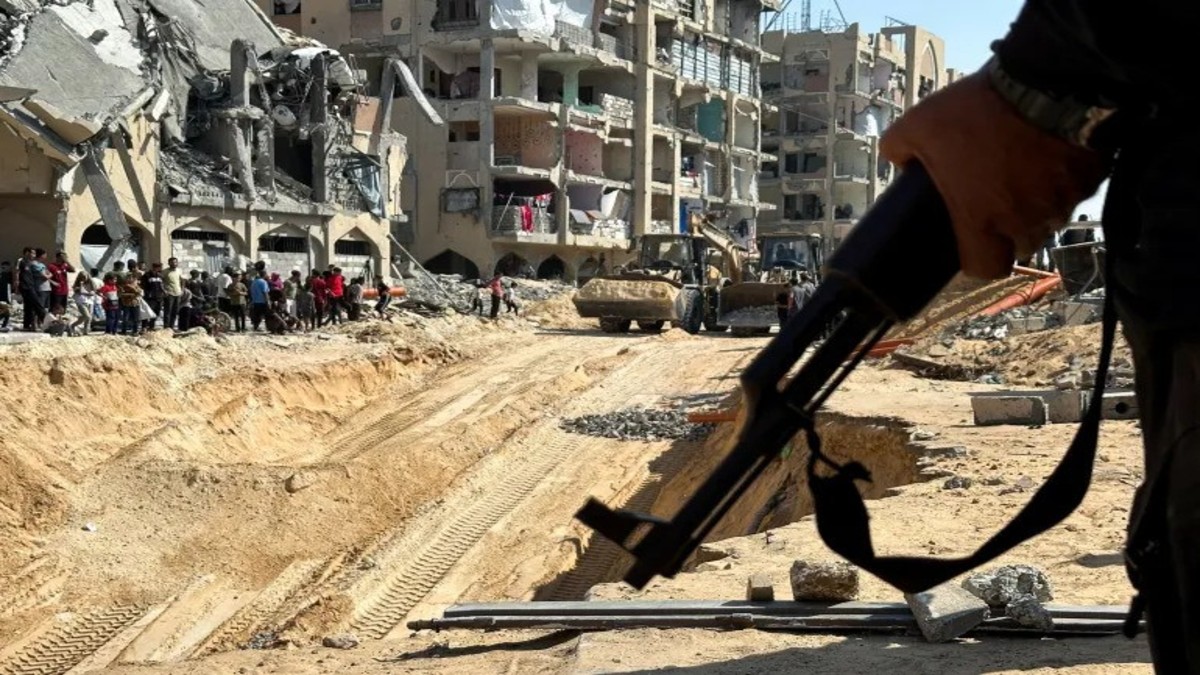)
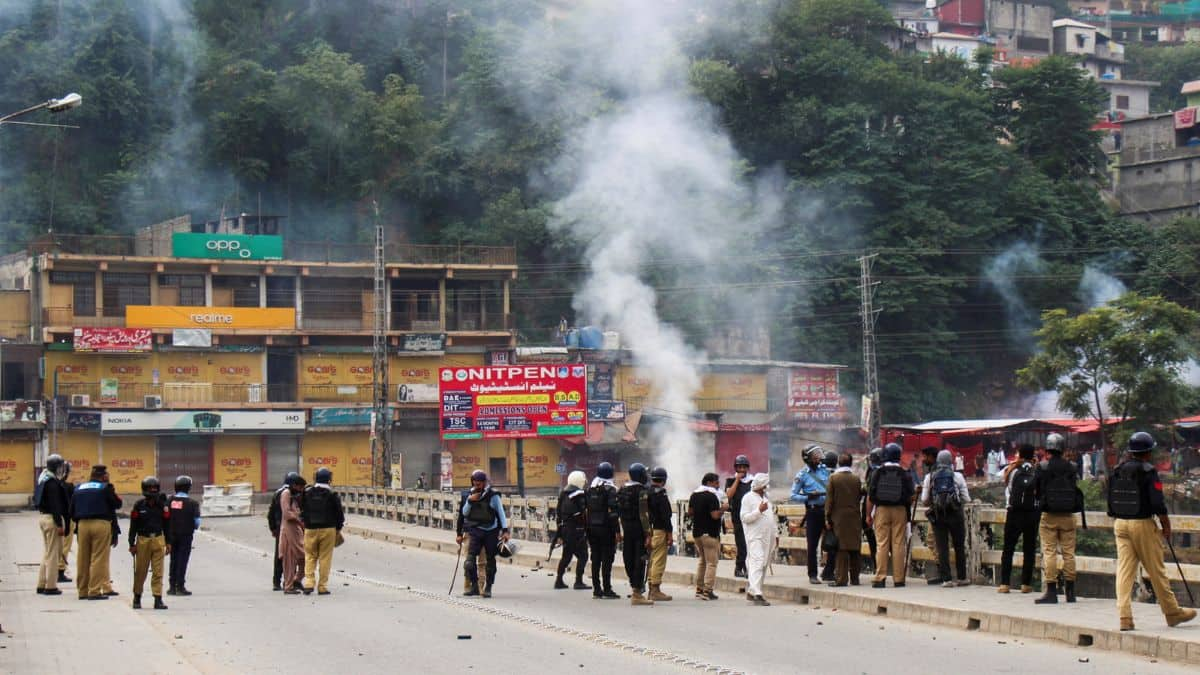
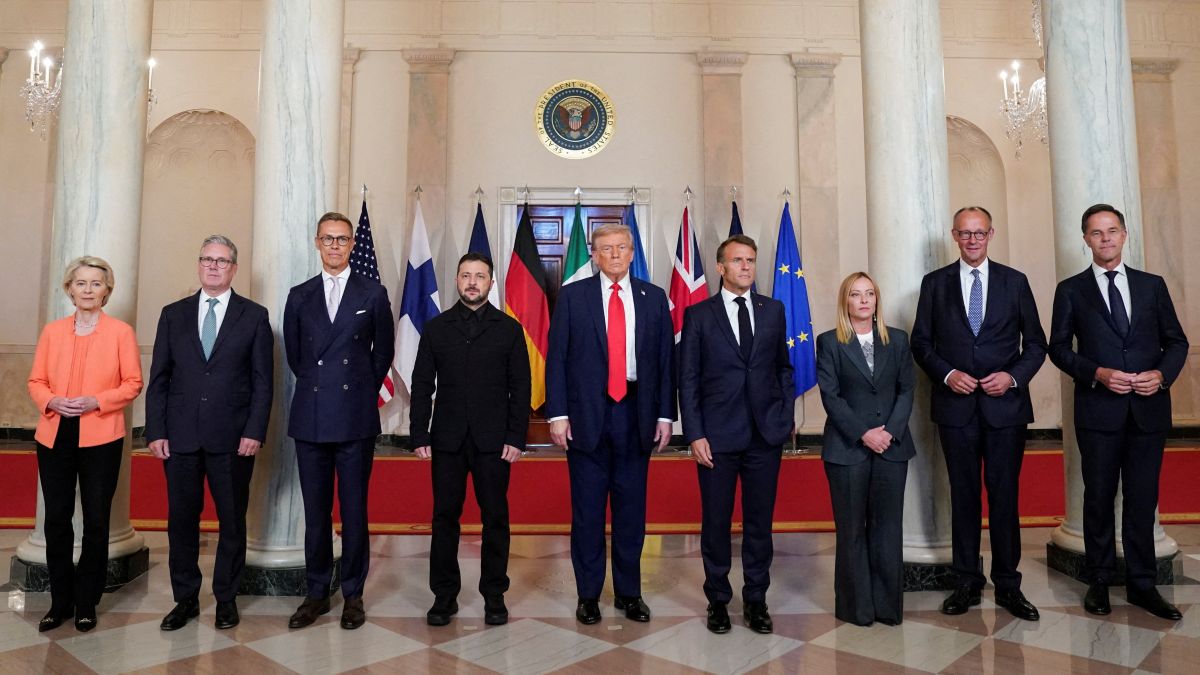)
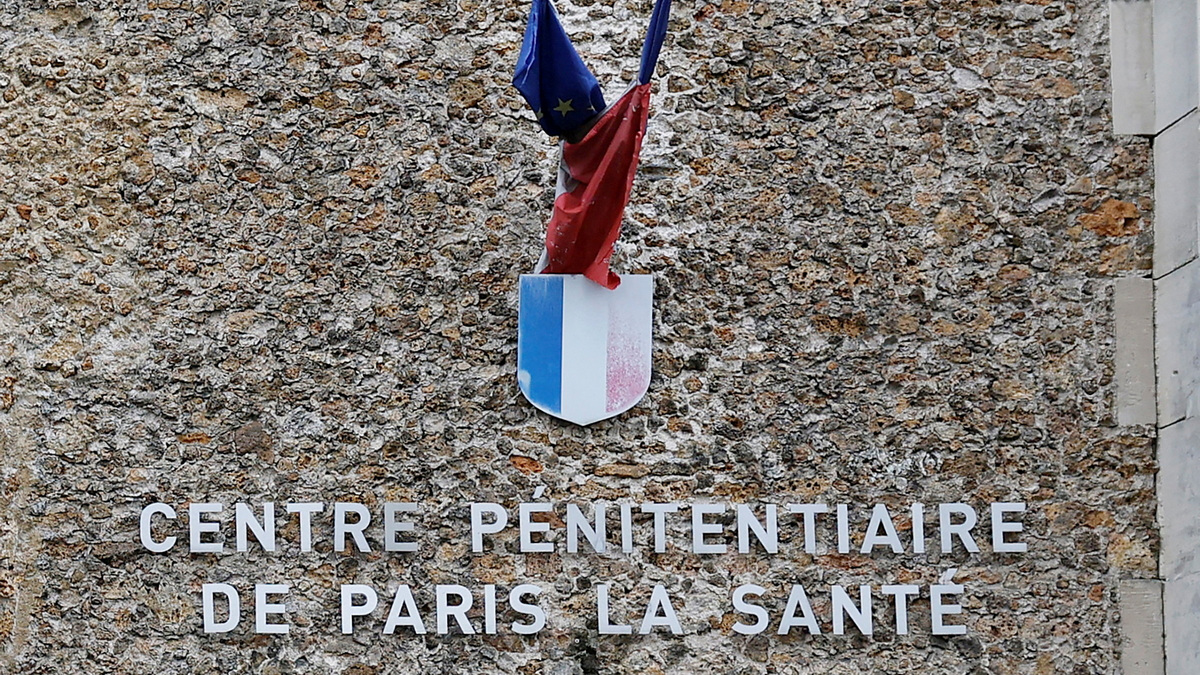)
)
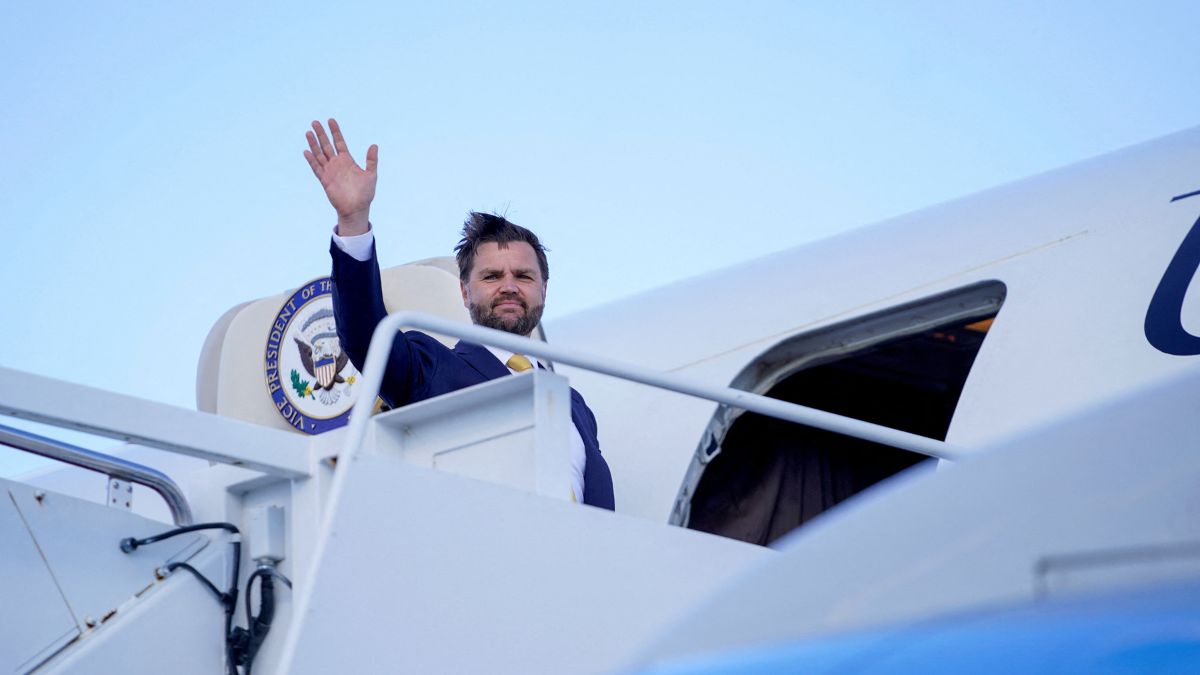)
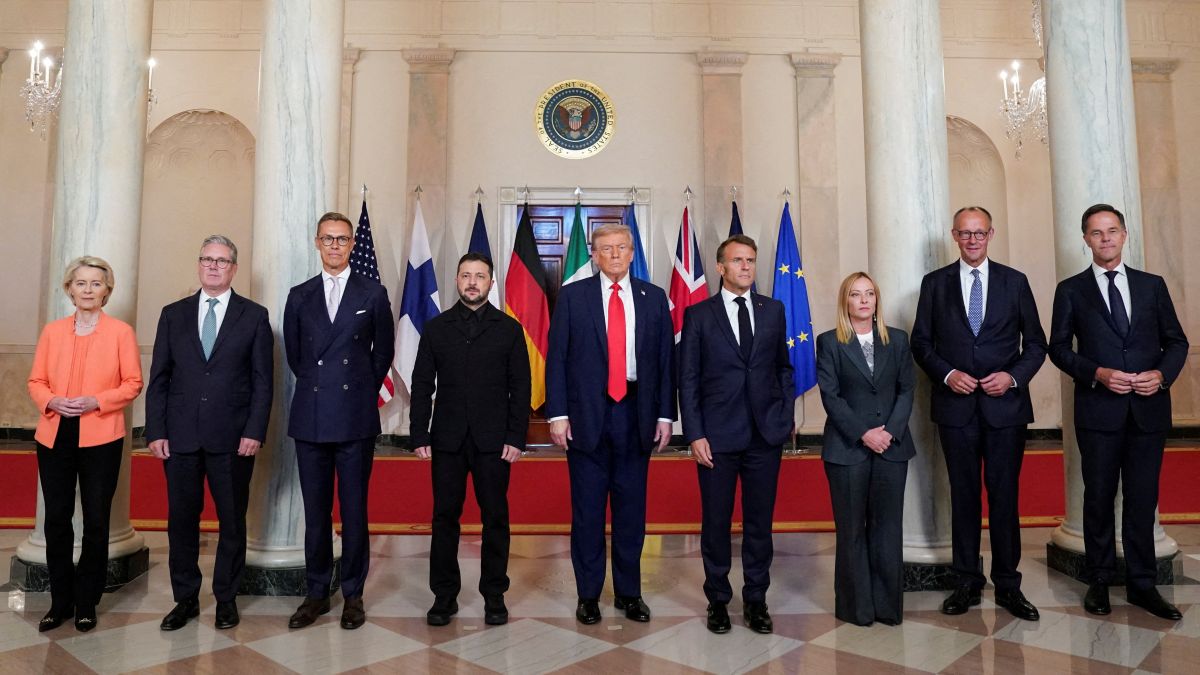)
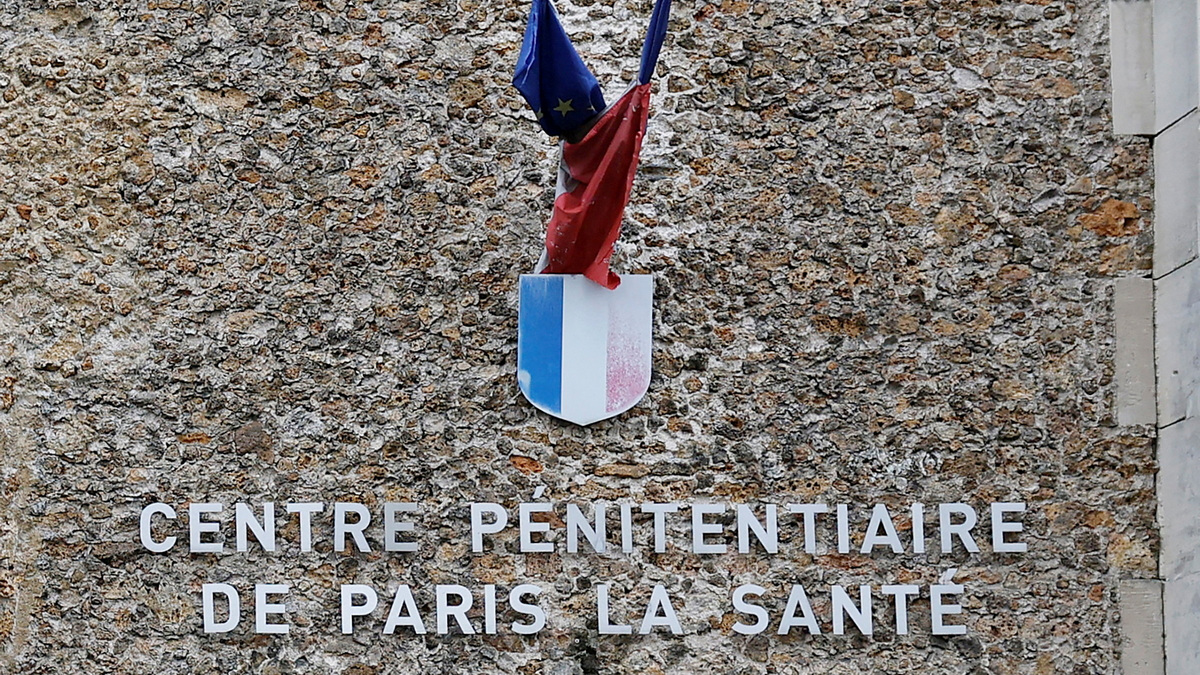)
)
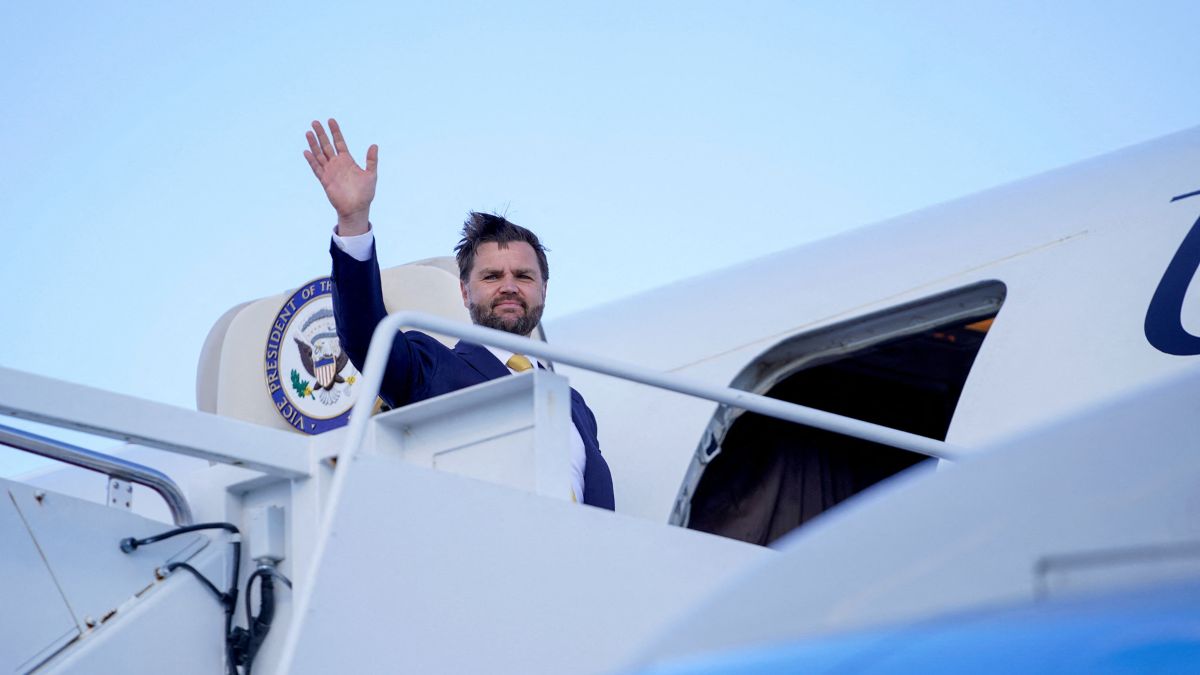)



